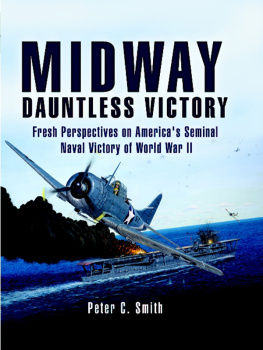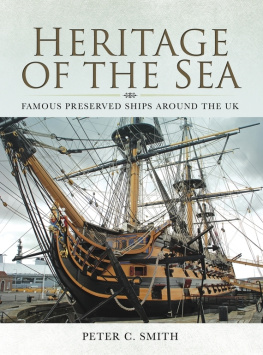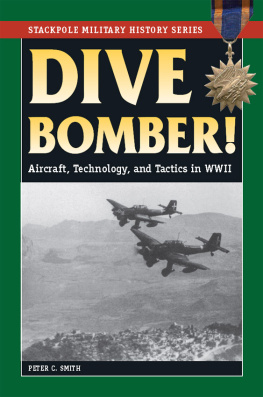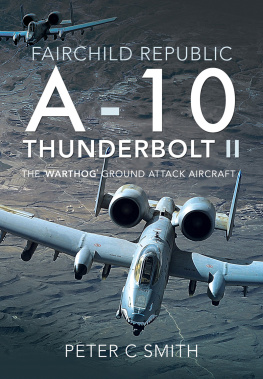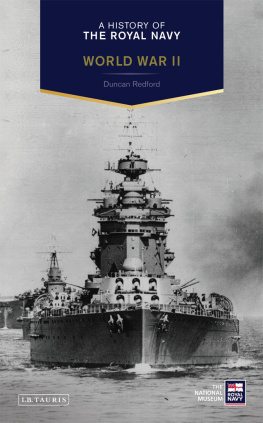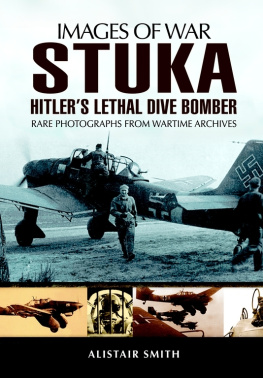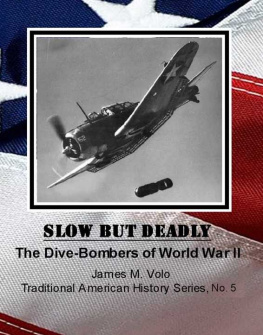I have wanted to write this book for half a century. I have been researching and writing about dive-bombing and dive-bombers for most of that time and have written the definitive histories of every aircraft of that type, but not the Skua. It is not that this little aircraft did not interest me; indeed, she has fascinated me for all that period. Why no book then? Well, this is Britain, and in Britain we honour everyone and everything except our own. So my various publishers down the decades would happily publish the umpteenth book on the German Junkers Ju87 Stuka and the American Douglas Dauntless, but not the British Skua. They took more persuading for me to write the books on the Russian Petlyakov Pe-2 Peshka, the American North American A-34 Apache and Curtiss SB2C Helldiver, the Japanese Aichi D3A1/2 Val and even the Vultee A31/A35 Vengeance, American-built, British and Australian flown but not the Skua. Even when the Fleet Air Arm Museum at Yeovilton dragged the wreckage of a Skua from a Norwegian fiord and made a diorama of it, I could not get a hearing for her.
Quite why the only British-built and British-operated dive-bomber should be shunned when the others were favoured has always irked me. So, down the years I spoke to veteran flyers, delved in untouched files and asked questions. Much of what I discovered of the Skua story I used in other, more general, books on dive-bombers, but I always knew that the full story deserved to be told and needed to be told before it was too late and all first-hand knowledge had faded.
That marvellous man, Dickie Rolph, who for many years was a rock and a guide in my Skua research, and to whom I confessed my frustration at this lack of intelligence in the publishing fraternity, once advised me, with the wisdom of age, Remember the story of Bruce and the spider... dont give up. Well Dickie, you are gone now, but I didnt give up, and here, thanks to an enlightened editor, Peter Coles, and a fearless publisher, Henry Wilson of Pen & Sword, here at last is the full story of the Royal Navys only true dive-bomber and her achievements against the odds.
Peter C. Smith
Riseley, Bedford, 2006
ACKNOWLEDGEMENTS
I would like to express my deep gratitude to all the many people who have helped me research the Skua in all her aspects over the course of fifty years.
Firstly to those who flew her: pilots, observers and TAGs. I have interviewed and corresponded with quite a number of these gallant, and modest, gentlemen. The majority have now, regretfully, crossed the bar, but it is hoped that their memories, both oral and written, conveyed personally to me and recorded within these pages, will be a small tribute to the enormous debt owed by the nation to their professionalism and self-sacrifice. So, thanks indeed to (in alphabetical order):
Mr R. V. Beckett
Mr W. H. C. Blake
Captain Eric M. Brown, Royal Navy
Colonel F. D. G. Bird, OBE, Royal Marines
Major V. B. G. Cheesman, DSO, MBE, DSC, Royal Marines
Captain R. Halliday, DSC, Royal Navy
Vice-Admiral Sir Donald Gibson
Mr A. E. T. Goble
Captain G. B. K. Griffiths, Royal Marines
Captain Tom W. Harrington, DSC, Royal Navy
Major L. A. Harris, OBE, DSC, Royal Marines
Lieutenant Commander Mike Horndern, Royal Navy
Mr Ronald G. Jordan, an armourer with No. 800 Squadron 1940
Major Alan M. Marsh, Royal Marines
Lieutenant Commander H. A. Monks, DSM, Royal Navy
Major R. T. Partridge, DSO, Royal Marines
Mr R. S. Rolph, BEM
Mr Ken Sims, DSM
Lieutenant Commander David Webb, Royal Navy
Mr Roy Stevens, armourer, RAF.
Also my thanks to the following very helpful people at the various repositories I visited and consulted:
Commander Graham Hobbs, RN, FAA Museum, Yeovilton, Somerset
Jerry R. Shore, Records, FAA Museum, Yeovilton, Somerset
Ms Debbie Stockford, FAA Museum, Yeovilton, Somerset
Mrs Catherine Rounsfell, Assistant Curator, Fleet Air Museum, Yeovilton, Somerset
Klas Gjlmesli, Norsk Luftfartmuseum, Bod
yvind Lamo, Norsk Luftfartmuseum, Bod
Birger Lansen, Curator Norsk Luftfartmuseum, Bod (with thanks for their help and hospitality during my stay with them)
Mr Hugh Alexandria, The National Archives, Kew, London
Caroline Herbert, Churchill Archives Centre, Churchill College, Cambridge
Mr Thomas B. Smyth, Regimental Headquarters, The Black Watch, Perth.
And my deep gratitude to:
Jack Bryant, the former editor of TAG magazine, whose help and knowledge down the years has been inspirational.


